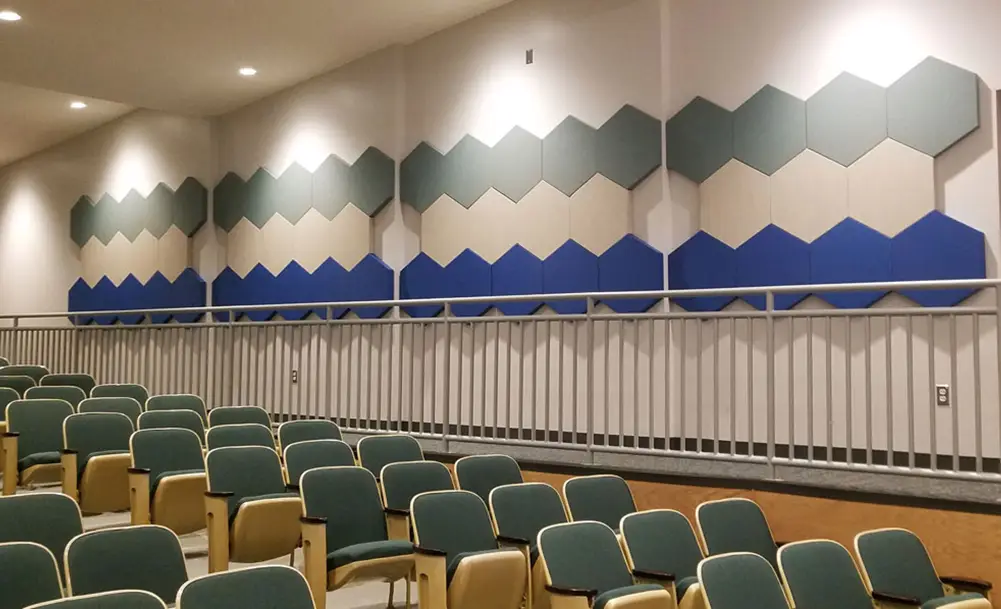X

Acoustic panels are used primarily for controlling sound in space in order to comprehend what is being communicated, whether speech, audio reproduction, or live performance.
Acoustic panels are used primarily for controlling sound in a space in order to comprehend what is being communicated, whether speech, audio reproduction, or live performance.
This could be a factory where safety paging needs to be heard, a call center where cross-talk between phone operators is an issue or a recording studio where a predictable outcome is necessary so that playback is consistent across other audio systems. One of the biggest misconceptions of acoustic absorption materials is that they will block sound.
Acoustic Panels can be used on the wall and the ceiling and come in a variety of styles and materials.
Used to control reverberation time or harsh reflections, introducing comfortable communications within a space.
Variety of core materials and face materials can be combined to create long-lasting absorption systems that can withstand a variety of climates.
Metal, wood, fabric, PET, and custom printing ensure acoustic panels look great in any space.
All Oelex acoustic panels are manufactured to the highest quality standards and tightest dimensional tolerances in the industry. Fit and finish are the focus of the manufacturing process from beginning to end.
As experts in acoustic design, we can help develop an effective, comfortable, and aesthetically pleasing acoustic solution that helps your organization improve the quality and productivity of time spent in your facility.
Our project managers will work with you to assess your noise control needs. With a keen focus on delivering a turn-key solution, we can help design an acoustic package to solve any noise issue.